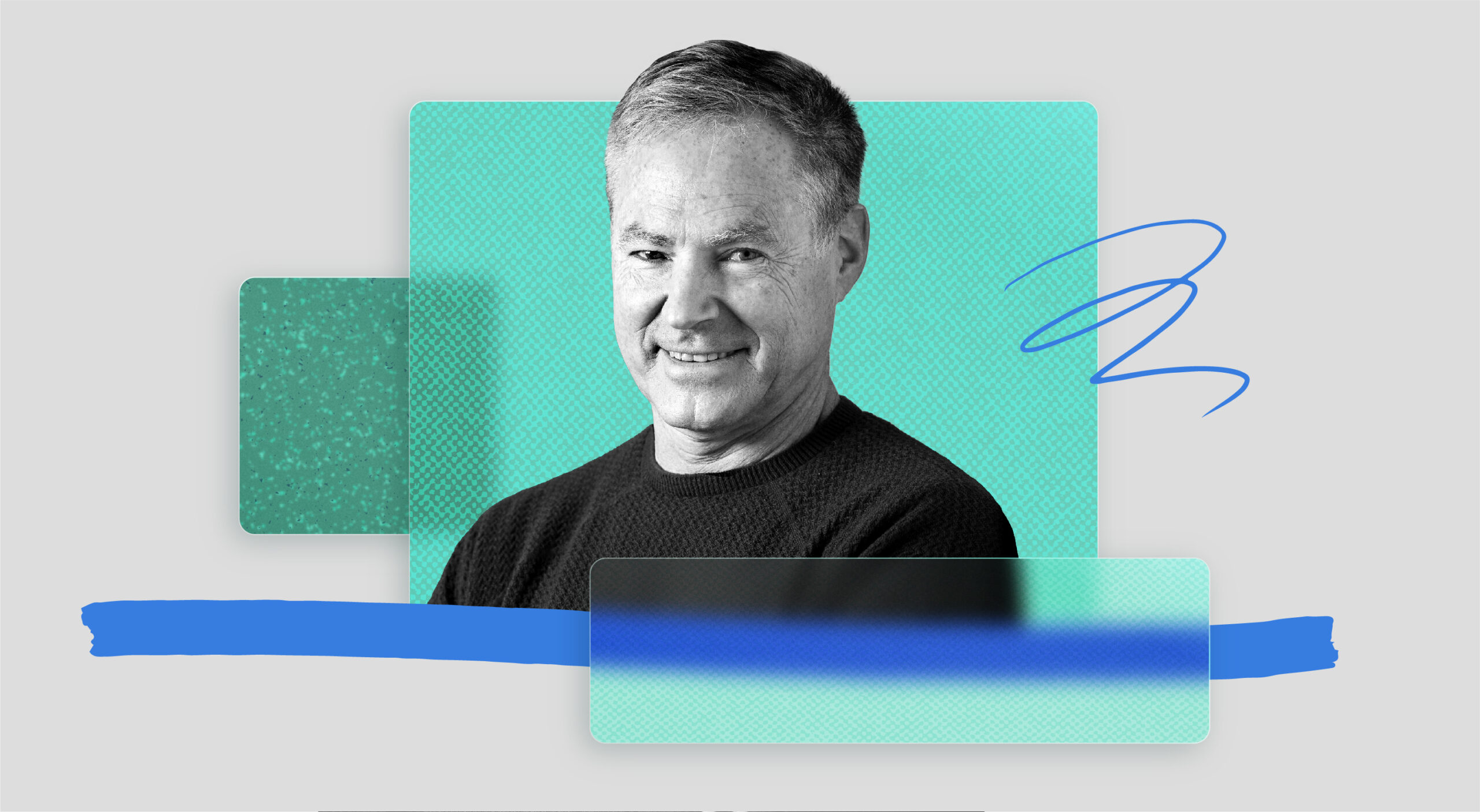Skip to Main Content



Eric Horvitz on the Possibilities of Generative AI for Human Thriving
If business leaders prioritize human-first technology, says Microsoft's Chief Scientific Officer, society is bound to flourish.
More Episodes
Subscribe

WorkLab Guest James Thomas
How Copilot Is Transforming One Global Creative Agency
Dentsu Creative is among the first organizations to use Microsoft 365 Copilot. James Thomas, the company’s global head of technology, takes us behind the scenes on how it’s transforming the business.

WorkLab Guest Aneesh Raman
LinkedIn VP Aneesh Raman on Why Adaptability Is the Skill of the Moment
Generative AI is changing jobs, expanding opportunities, and shifting how we lead.